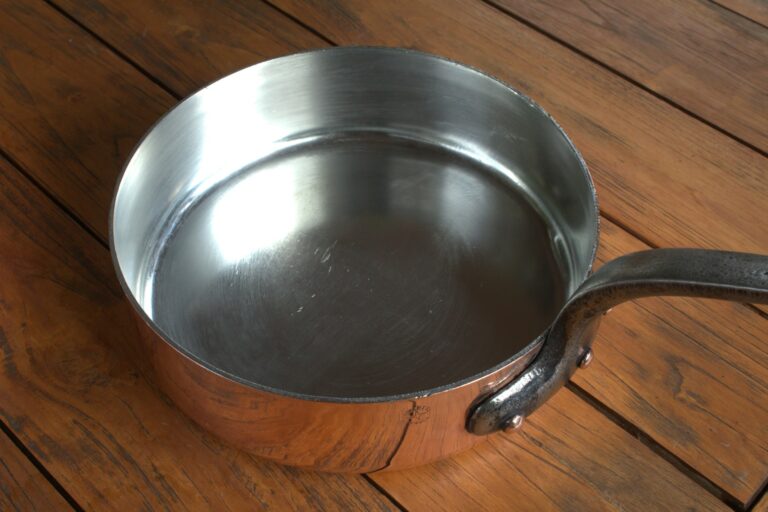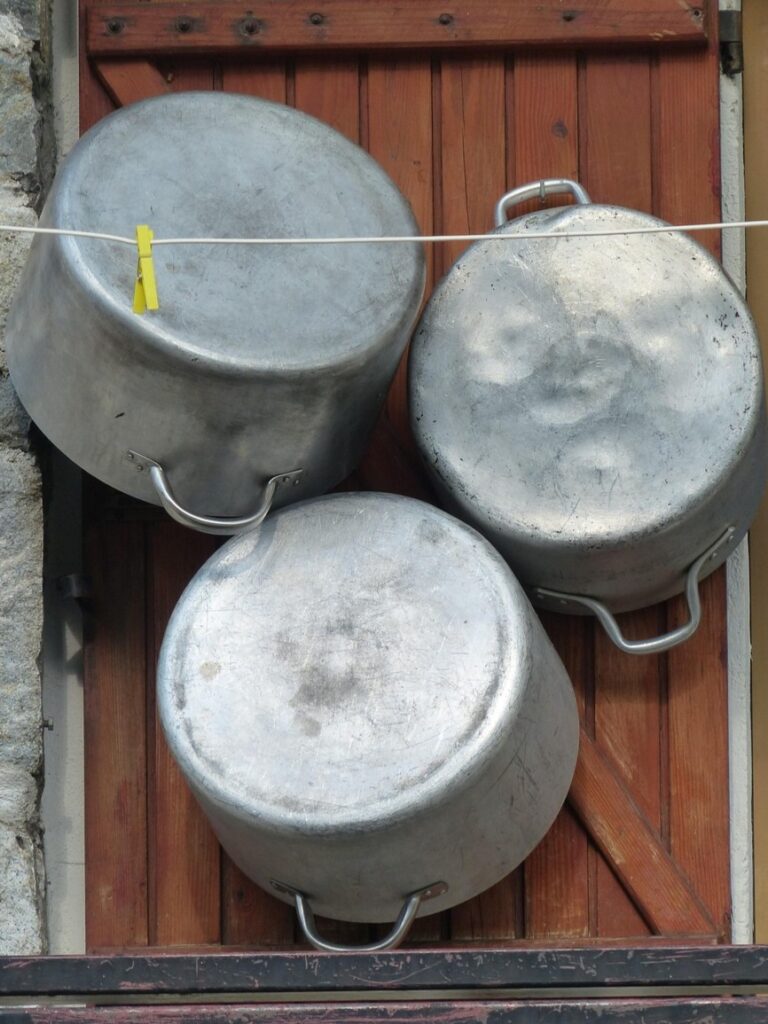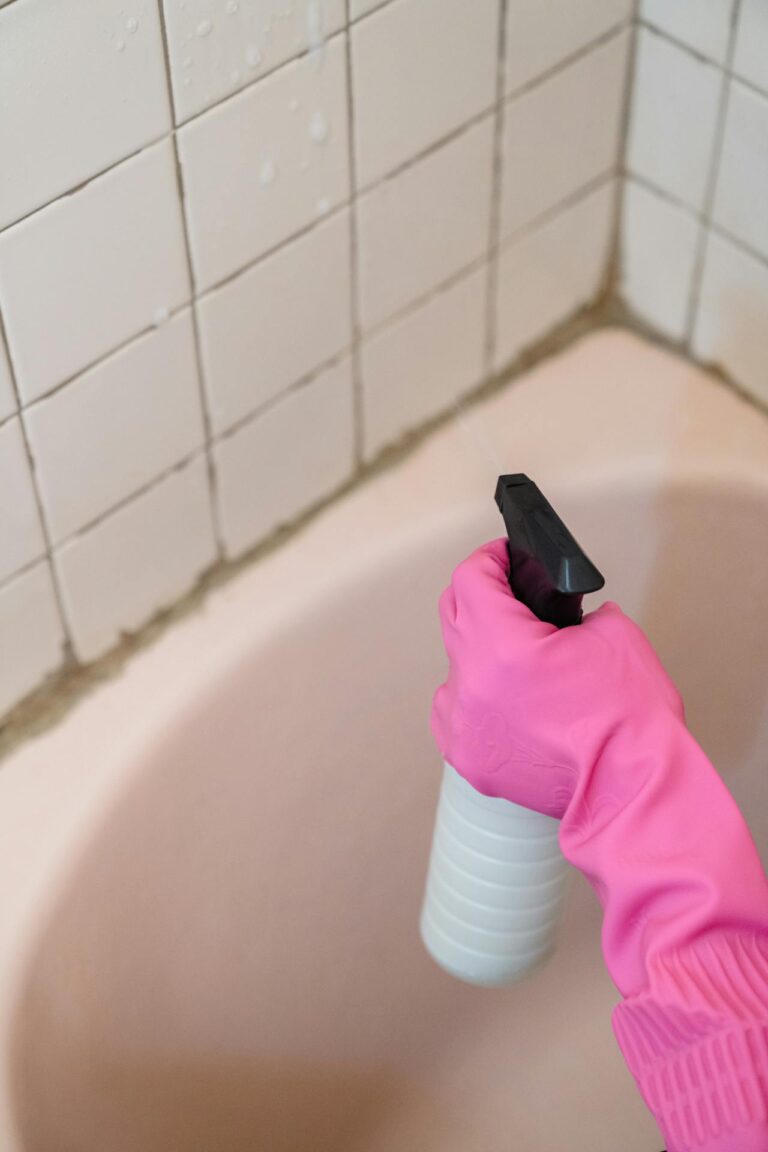Faucets get touched dozens of times a day, often with dirty hands right before washing them. That makes them a hotspot for bacteria and grime buildup. A few quick tasks can keep these high-touch surfaces clean and sanitary without much effort.

Why Faucets Need Regular Attention
Water splashes, soap residue, and constant hand contact create conditions where germs can thrive. Handles and spouts collect bacteria fast, especially in busy kitchens and bathrooms. Staying on top of cleaning helps reduce the spread of illness and keeps your fixtures looking fresh.
1. Wipe Down Handles After Peak Use Times
Handles collect germs quickly because they’re touched before hands are clean. A quick wipe after cooking, cleaning, or using the bathroom removes surface bacteria before it spreads.
Keep disinfecting wipes or a small spray bottle nearby. One pass takes seconds and makes a real difference in daily hygiene.
2. Clean the Faucet Base Weekly
The area where the faucet meets the sink traps water, soap scum, and bacteria. This spot often gets overlooked but stays damp longer than other parts. Grime builds up fast if left unchecked.
Use an old toothbrush dipped in diluted bleach or bathroom cleaner. Scrub around the base and rinse thoroughly to prevent buildup.
3. Disinfect the Spout Inside and Out
Water flows through the spout constantly, but the outside collects splashes and residue. The aerator screen at the tip also traps mineral deposits and bacteria over time. Both need attention.
Wipe the exterior with a disinfectant cloth. Unscrew the aerator once a month, soak it in vinegar for 30 minutes, then rinse and reattach.
4. Use the Right Cleaner for Your Finish
Different faucet finishes react differently to cleaning products. Chrome and stainless steel handle various cleaners well. Oil-rubbed bronze, matte black, and brushed nickel can scratch or lose their coating with harsh chemicals.
Check the manufacturer’s guidelines if possible. For delicate finishes, stick with mild soap and water or a cleaner labeled safe for that material.
5. Dry Everything After Cleaning
Water left on faucets leads to spots, streaks, and mineral buildup. It also creates a damp surface where bacteria can multiply. Drying after each clean keeps surfaces truly sanitary and looking polished.
Use a microfiber cloth to wipe down handles, spouts, and the base. This step takes only a moment but extends the results of your cleaning effort.
6. Tackle Mineral Deposits as They Appear
Hard water leaves white or cloudy spots on metal surfaces. These deposits aren’t just cosmetic—they create rough textures where germs cling more easily. Catching them early makes removal simple.
Wrap a vinegar-soaked cloth around the affected area and let it sit for 15 minutes. Wipe clean and repeat if needed. For stubborn spots, a paste of baking soda and water works well.
7. Sanitize Touch Points Between Deep Cleans
High-touch areas like handle grips and the spout tip need extra attention between weekly sessions. These spots accumulate bacteria faster because of repeated contact throughout the day.
Keep a spray bottle with white vinegar or hydrogen peroxide handy. A quick spritz and wipe during the day maintains cleanliness without a full cleaning routine.
What to Skip
Avoid abrasive scrubbers like steel wool or scouring pads. They can scratch faucet finishes and create tiny grooves that harbor bacteria. Harsh chemicals like undiluted bleach or ammonia can also damage certain materials and release strong fumes in small spaces.
Stick with soft cloths and gentle cleaners. The goal is to disinfect without causing damage that makes future cleaning harder.
Keeping It Simple
Clean faucets don’t require complicated routines or expensive products. A few quick tasks throughout the week handle the work. Regular attention can keep germs under control and your fixtures in good shape for years. Start with one habit and build from there.






